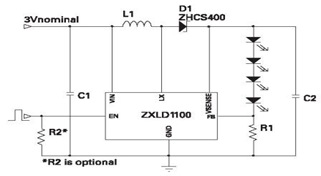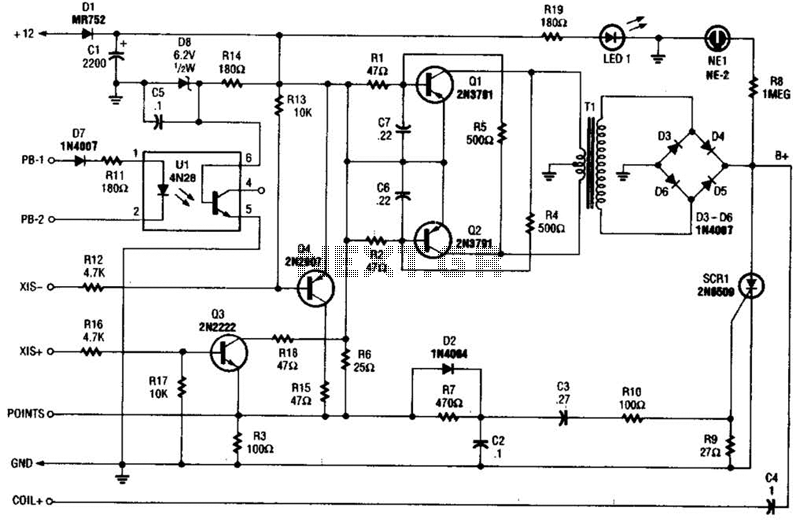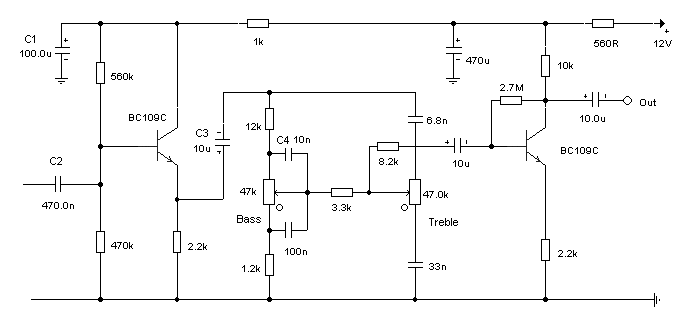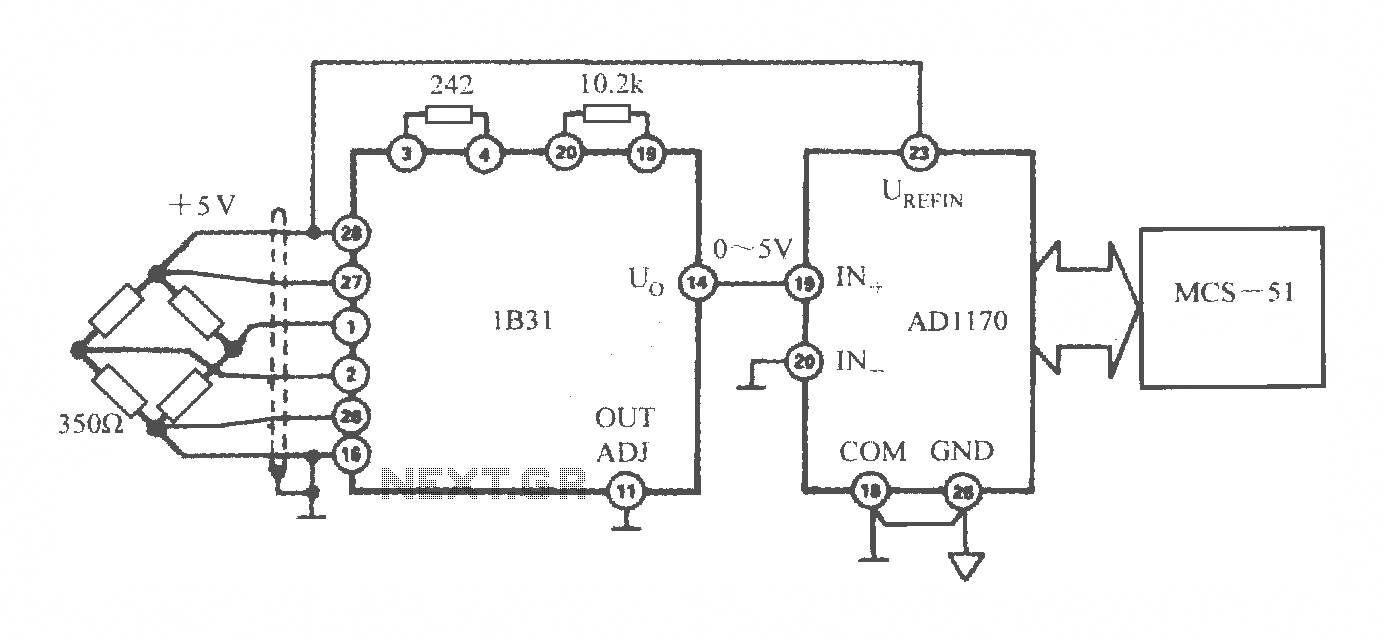
4 LED Driver for Handset LCD Backlight Circuit

The ZXLD1100 is a PFM flyback DC to DC boost converter that operates in discontinuous mode. The following circuit diagram illustrates the configuration of four LED drivers for handset LCD backlighting using this device. The ZXLD1100 is designed to drive 2, 3, or 4 series-connected white LEDs from a Li-ion cell and up to 8 LEDs from a 5 V supply.
The ZXLD1100 integrates a high-efficiency boost converter specifically tailored for LED applications. The device employs pulse frequency modulation (PFM) to achieve efficient power conversion while maintaining a compact circuit footprint. In discontinuous mode, the converter operates by allowing the inductor current to fall to zero during each switching cycle, which can enhance efficiency under low load conditions.
The circuit configuration for driving four LEDs involves connecting them in series, ensuring that the forward voltage drop across the LEDs does not exceed the output voltage capabilities of the ZXLD1100. The input voltage range accommodates both single-cell Li-ion batteries and a regulated 5 V power supply, making the device versatile for various applications.
The schematic typically includes essential components such as an inductor, output capacitors, and feedback resistors to set the desired output current. The choice of inductor value is critical, as it influences the boost converter's performance, including efficiency and output ripple. Additionally, the feedback loop is designed to regulate the output current flowing through the LEDs, providing consistent brightness and enhancing the lifespan of the LEDs.
Overall, the ZXLD1100 is suitable for applications requiring efficient LED driving solutions, particularly in portable devices such as mobile phones and handheld gadgets, where space and power efficiency are paramount.ZXLD1100 is a PFM flyback DC to DC boost converter that work in discontinuos mode. The following circuit diagram show you about setting 4 LED Driver for Handset LCD Backlight using this device. The ZXLD1100 designed for driving 2,3,4 series connected white LEDs from a Li-on cell and up to 8 LEDs from 5 V supply
🔗 External reference
The ZXLD1100 integrates a high-efficiency boost converter specifically tailored for LED applications. The device employs pulse frequency modulation (PFM) to achieve efficient power conversion while maintaining a compact circuit footprint. In discontinuous mode, the converter operates by allowing the inductor current to fall to zero during each switching cycle, which can enhance efficiency under low load conditions.
The circuit configuration for driving four LEDs involves connecting them in series, ensuring that the forward voltage drop across the LEDs does not exceed the output voltage capabilities of the ZXLD1100. The input voltage range accommodates both single-cell Li-ion batteries and a regulated 5 V power supply, making the device versatile for various applications.
The schematic typically includes essential components such as an inductor, output capacitors, and feedback resistors to set the desired output current. The choice of inductor value is critical, as it influences the boost converter's performance, including efficiency and output ripple. Additionally, the feedback loop is designed to regulate the output current flowing through the LEDs, providing consistent brightness and enhancing the lifespan of the LEDs.
Overall, the ZXLD1100 is suitable for applications requiring efficient LED driving solutions, particularly in portable devices such as mobile phones and handheld gadgets, where space and power efficiency are paramount.ZXLD1100 is a PFM flyback DC to DC boost converter that work in discontinuos mode. The following circuit diagram show you about setting 4 LED Driver for Handset LCD Backlight using this device. The ZXLD1100 designed for driving 2,3,4 series connected white LEDs from a Li-on cell and up to 8 LEDs from 5 V supply
🔗 External reference





